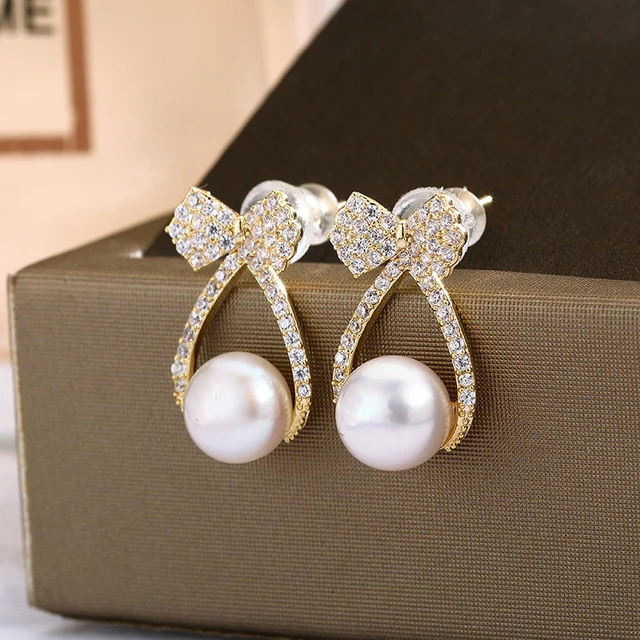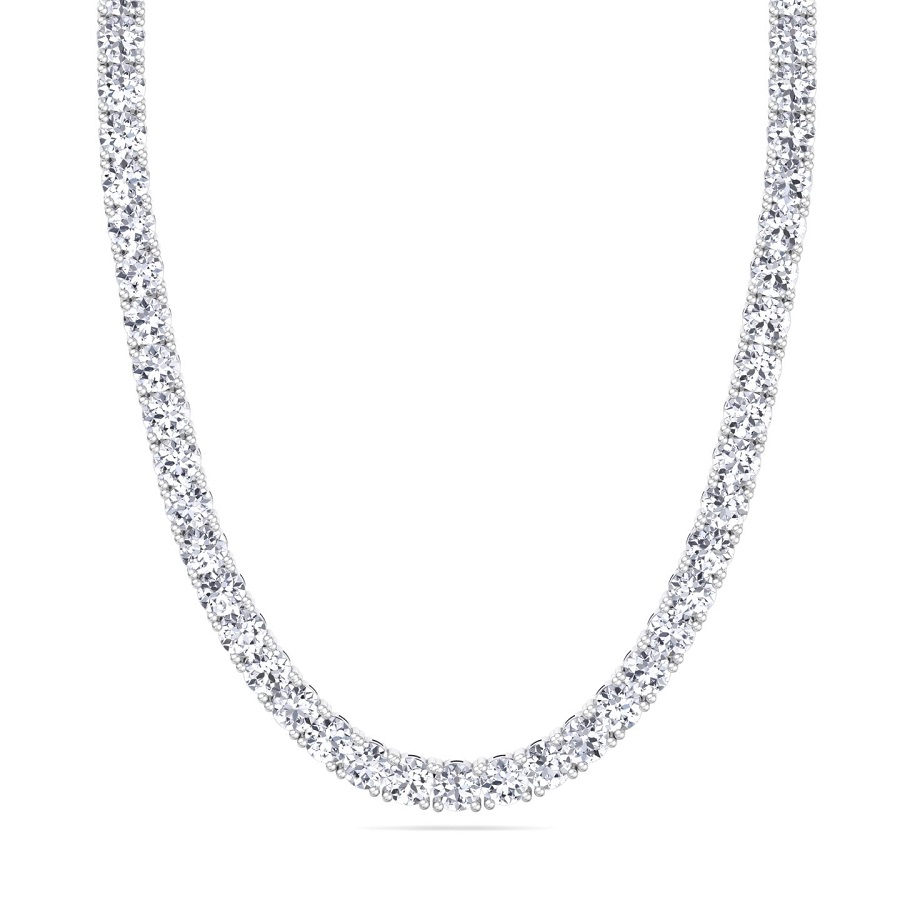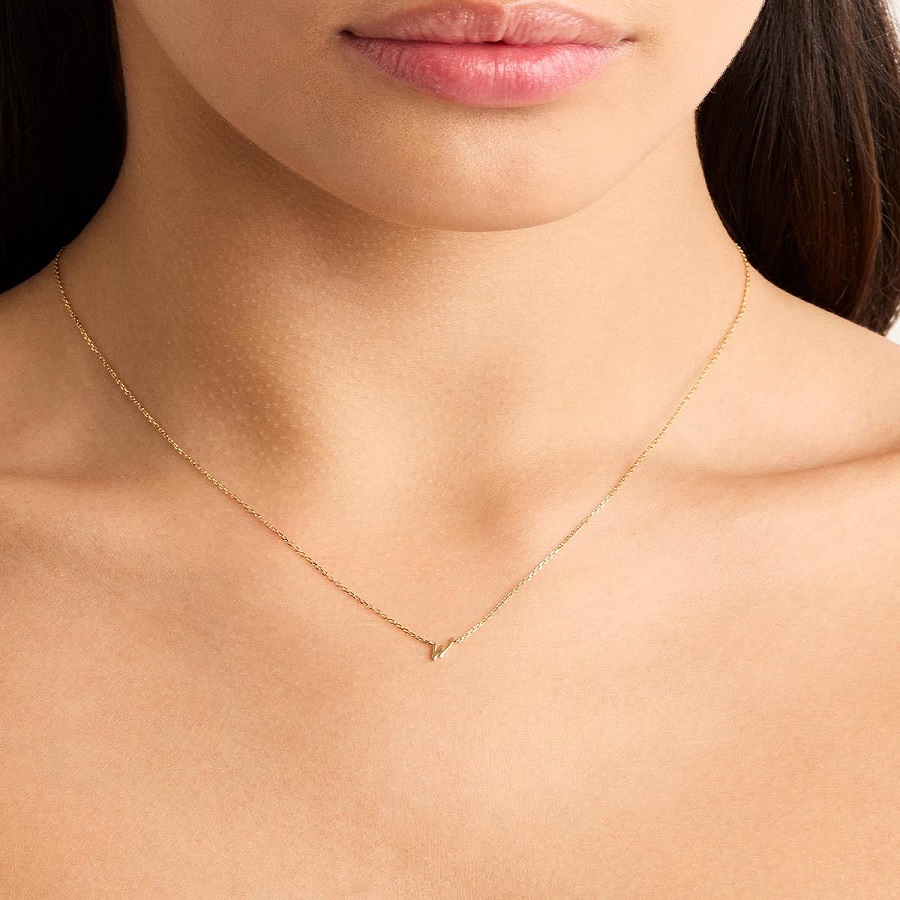How long before you can change earrings
Earrings are a beautiful form of self-expression, adding a touch of sparkle and personality to any outfit. But before you can fully embrace the world of earrings, you need to understand the importance of patience and proper healing time. Rushing the process can lead to irritation, infection, and even permanent damage.
This guide will explore the recommended waiting periods for changing earrings, delve into the factors influencing healing time, and provide helpful tips for ensuring a smooth transition between ear piercings.
 The Initial Healing Phase: Patience is Key
The Initial Healing Phase: Patience is Key
How long before you can change earrings
The first few weeks after getting your ears pierced are crucial for proper healing. The piercing site is an open wound and needs time to close and form healthy tissue. During this period, it’s essential to prioritize healing and avoid changing earrings too soon.
The Standard Waiting Period:
Most piercers recommend waiting 6-8 weeks for lobe piercings and 12 weeks for cartilage piercings before changing earrings. This timeframe allows the piercing channels to fully heal and minimizes the risk of irritation, infection, or complications.
Factors Affecting Healing Time:
- Piercing Type: Cartilage piercings take longer to heal than lobe piercings because cartilage has a slower blood supply.
- Piercing Technique: Proper piercing technique can significantly impact healing time. A skilled piercer will use sterile equipment and ensure the piercing is placed correctly.
- Individual Healing Speed: Every individual heals at a different pace. Some people may heal faster than others.
- Aftercare Practices: Following proper aftercare instructions, such as cleaning the piercing regularly and avoiding irritation, can promote faster healing.
- Body Health: Overall health and immune system can influence how quickly your piercing heals.
Signs of Proper Healing:
How long before you can change earrings
- Reduced tenderness and redness: The piercing site should become less sensitive and the redness should subside.
- No discharge: A clear, thin discharge is normal during the initial healing phase, but it should decrease and eventually stop.
- No crusting: Crusting is normal during healing, but it should become less frequent and eventually disappear.
- Minimal swelling: Any swelling should gradually diminish.
Why Patience is Essential:
- Reduced Risk of Infection: Changing earrings too soon can introduce bacteria into the open wound, increasing the risk of infection.
- Minimize Scarring: Rushing the process can increase the risk of scarring and keloid formation.
- Promote Proper Healing: Giving the piercing adequate time to heal allows the channel to fully close and form healthy tissue, minimizing the risk of complications.
After the initial healing period, you can start experimenting with different earrings, but it’s important to do so gradually and carefully.
The First Change:
- Choose High-Quality Materials: Opt for hypoallergenic materials like surgical steel, titanium, or niobium for the first change. These materials are less likely to cause irritation or allergic reactions.
- Stick to Simple Designs: Choose simple, lightweight earrings with smooth surfaces to minimize irritation and prevent snagging on the healing tissue.
- Keep it Clean: Ensure your hands are clean before handling your earrings and make sure the new jewelry is sterilized.
The Gradual Approach:
- Replace Earrings Gradually: Don’t change all your earrings at once. Start by replacing one pair, and observe your piercing for any signs of irritation or discomfort.
- Monitor for Reactions: Pay close attention to your piercing in the days following the change. Watch for redness, swelling, discharge, or any other unusual symptoms.
- Listen to Your Body: If you experience any discomfort, remove the new earrings and revert to the old ones. Consult your piercer if necessary.
Tips for a Smooth Transition:
- Clean Regularly: Continue to clean your piercings regularly with a saline solution to prevent infection.
- Avoid Irritants: Avoid harsh soaps, perfumes, and lotions near your piercings.
- Sleep on Your Back: Sleeping on your side can put pressure on the piercings, delaying healing.
- Be Gentle with Your Piercings: Avoid tugging or pulling on your earrings, as this can irritate the healing tissue.
- Seek Professional Guidance: If you have any concerns or experience complications, consult your piercer for advice.
 Exploring Different Materials and Styles: A World of Possibilities
Exploring Different Materials and Styles: A World of Possibilities
Once your piercings are fully healed, you can explore the vast world of earring materials and styles.
Materials to Consider:
- Gold: A classic and popular choice, gold is available in different karats, with higher karats being more hypoallergenic.
- Silver: Another popular option, silver can be hypoallergenic but some people may experience allergies.
- Titanium: A strong and biocompatible metal, titanium is a good choice for sensitive ears.
- Niobium: Another biocompatible metal, niobium is highly resistant to corrosion and irritation.
- Surgical Steel: A widely used material, surgical steel is affordable, durable, and generally hypoallergenic.
Popular Earring Styles:
- Studs: Classic and versatile, studs are a great option for everyday wear.
- Hoops: Available in various sizes and materials, hoops can add a touch of elegance or edgy style.
- Dangle Earrings: From delicate chains to elaborate designs, dangle earrings can add a touch of femininity and movement.
- Drop Earrings: Similar to dangle earrings, drop earrings typically feature a larger, more substantial design.
- Cluster Earrings: Featuring multiple stones or beads, cluster earrings offer a more dramatic and eye-catching look.
- Huggie Earrings: These small, semi-circular hoops hug the earlobe and are often adorned with gemstones or other embellishments.
Experimenting with Style:
- Match Your Earrings to Your Outfit: Consider the occasion and your personal style when choosing earrings.
- Mix and Match: Don’t be afraid to mix and match different earring styles and materials to create your own unique look.
- Pay Attention to Trends: Stay updated on the latest earring trends and experiment with new designs.
- Embrace Your Individuality: Choose earrings that reflect your personality and make you feel confident.
 Caring for Your Piercings: Maintaining the Magic
Caring for Your Piercings: Maintaining the Magic
How long before you can change earrings
Once your piercings are fully healed, proper care is still essential to keep them healthy and prevent irritation.
Essential Care Tips:
- Clean Regularly: Clean your piercings once a day with a saline solution, gently rotating the earrings.
- Avoid Irritants: Avoid harsh soaps, perfumes, and lotions near your piercings.
- Keep Your Earrings Clean: Clean your earrings regularly with a mild soap and water, and store them in a clean, dry place.
- Protect Your Piercings from Damage: Avoid tugging or pulling on your earrings, and be careful when sleeping or showering.
- Monitor for Signs of Infection: Watch for any signs of infection, such as redness, swelling, discharge, or pain. If you experience any of these symptoms, consult your piercer or doctor.
Professional Care:
- Regular Checkups: Schedule regular checkups with your piercer to ensure your piercings are healing properly and to address any concerns.
- Professional Cleaning: Consider having your piercings professionally cleaned by your piercer, especially if you have multiple piercings or experience difficulty cleaning them yourself.
 Conclusion: Embracing the Journey of Ear Piercings
Conclusion: Embracing the Journey of Ear Piercings
How long before you can change earrings
Ear piercings are a beautiful way to express yourself and enhance your personal style. However, it’s crucial to understand the importance of patience and proper healing time. Rushing the process can lead to complications and jeopardize the health of your piercings.
By following the guidelines in this guide, you can ensure a smooth and healthy journey with your ear piercings, allowing you to enjoy the full beauty and freedom of this timeless form of self-expression. Remember, patience and proper care are essential to fully embrace the magic of earrings.

 Navigating the Transition: Easing into New Jewelry
Navigating the Transition: Easing into New Jewelry

